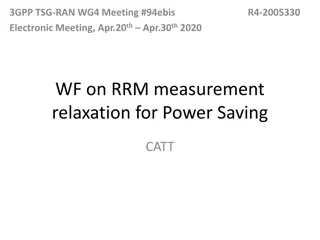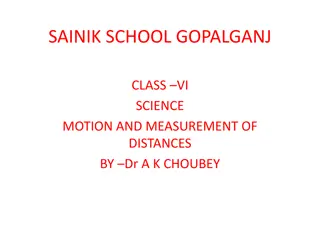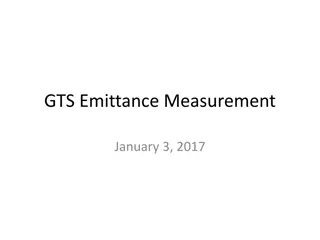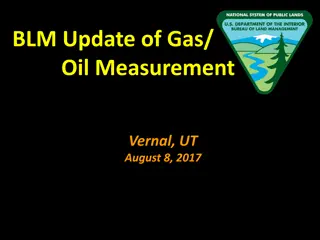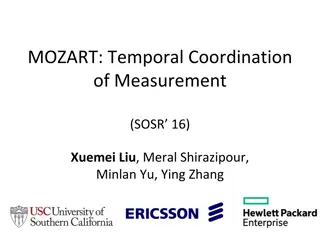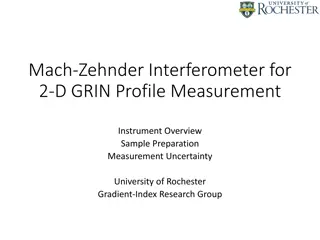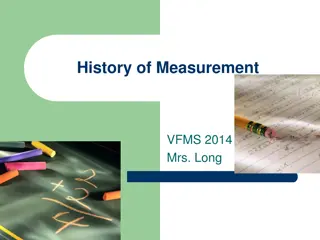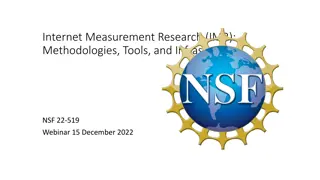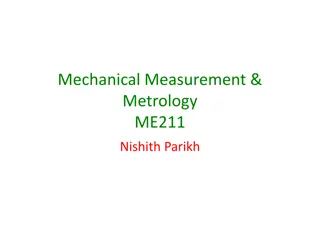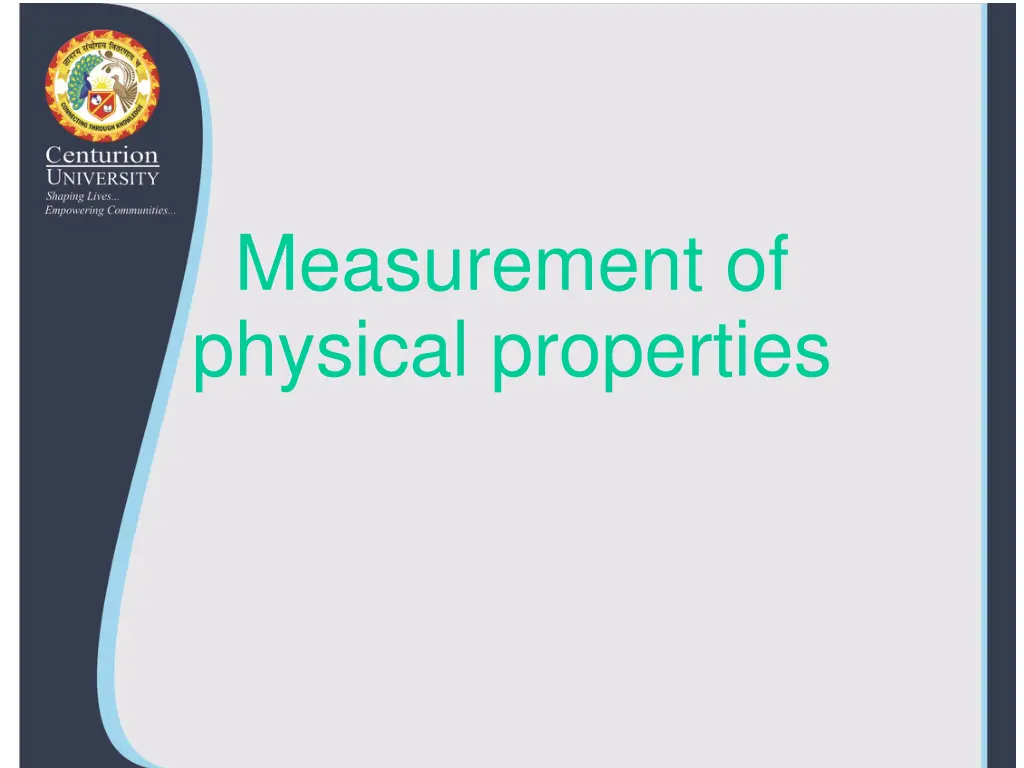
Measurement of Physical Properties Overview
Learn about different methods for measuring physical properties such as density, specific gravity, and volume displacement of solids and liquids. Discover techniques like gas displacement and solid displacement for accurate measurements. Understand the concepts of density and specific gravity to analyze materials effectively.
Download Presentation

Please find below an Image/Link to download the presentation.
The content on the website is provided AS IS for your information and personal use only. It may not be sold, licensed, or shared on other websites without obtaining consent from the author. If you encounter any issues during the download, it is possible that the publisher has removed the file from their server.
You are allowed to download the files provided on this website for personal or commercial use, subject to the condition that they are used lawfully. All files are the property of their respective owners.
The content on the website is provided AS IS for your information and personal use only. It may not be sold, licensed, or shared on other websites without obtaining consent from the author.
E N D
Presentation Transcript
Measurement of physical properties
For larger objects, a platform scale can be used The sample is completely submerged in liquid such that it does not make contact with the sides or bottom of the beaker. Weight of the liquid displaced by the solid sample is divided by its method is based on the Archimedes principle, which states that a body immersed in a fluid will experience a weight loss in an amount equal to the weight of the fluid it displaces. The upward buoyancy force exerted on a body immersed in a liquid is equal to the weight of the displaced liquid. density. The The sample is forced into the liquid by means of a sinker rod if it is lighter or it is suspended with a string if it is heavier than the liquid. Liquids having a density lower than that of sample should be used if partial floating of the sample is observed. If the sample is forced into the fluid using a sinker rod, it should be taken into account in the measurement as: 2
Gas Displacement Method Volumes of particulate solids and materials with irregular shape can be determined by displacement of gas or air in pycnometer . The most commonly used gases are helium and nitrogen. Solid Displacement Method The volume of irregular solids can also be measured by sand, glass bead, or seed displacement method. Rapeseeds are commonly used for determination of volume of baked products such as bread. 3
DENSITY Density : is mass per unit volume of a substance. Because the gram is defined as the mass of 1 cc of water at 4 C,the density of water is 1 g/cc. Density may be calculated by dividing mass by volume, Density=mass/volume (D=M/V) The density of liquids can be determined by using a pycnometer. Wide-mouthed bottles can be used for very viscous materials such as tomato paste, batter, or honey. Liquid density can also be measured by placing a hydrometer in a beaker filled with the liquid sample. Volume measurement methods can also be used for measuring the density of solids. 4
SPECIFIC GRAVITY substance chosen as a standard, both substances at the same temperature or the temperature of each being definitely known. Water is used as the standard for the specific gravities of liquids and solids; The most hydrogen, useful standard for gases is although sometimes air is used. 5
The specific gravity is defined as the ratio of the mass of that product to the mass of an equal volume of water at 4 C, the temperature at which water density is greatest. it is defined as the ratio of the density of a given solid or liquid substance to the density of water at a specific temperature and pressure, typically at 4 C (39 F) and 1 atm (760.00 mmHg) , making it demensionless. 6
SURFACE AREA: Surface area is required for: Leaf area is an indicator of photosynthetic capacity and growth rate of a plant and its measurement is of value in studies of plants competition for light and nutrients, plant-soil-water relations, insecticides and fungicides. In crops where the leaf is the major commercial product, leaf area is a good indicator of yield potential. Likewise, surface areas of fruits are important in investigation related to spray coverage, removal of spray residues, respiration rate, light reflectance and color evaluation, and heat transfer studies in heating and cooling processes. How to measure: Using planimeter, Coating method, Peeling method, By image analysis. determining application rates of 7
The planimeter is a mechanical device for measuring areas in the plane. It has the shape of a ruler with two legs. The measurement consists of dragging pointer along the boundary of the region. The wheel at pointer measures the motion in the direction orthogonal to the leg. After completing the path along the boundary of the region, the total wheel rotation indicates the area of the region. 8
VOLUME AND SURFACE AREA OF SOME COMMON SHAPES Prolate Oblate 26



